At what point do you give up on a cake that you have kept for aging?
I ask this because it is an important question for those of us sitting on tea. If you are a buyer of puerh and have stored some for aging, at some point you need to take them out and start drinking – after all, that’s the point. When you first start, it is likely that you bought more or less indiscriminately. You may have purchased teas based on recommendations by others who are supposed to, perhaps, know more than you. You may have bought because of the reputation of the vendor. You may have also bought because you liked how the tea tasted then. Afterwards, a few years later, perhaps, you take out that same cake again and discover that it’s changed, but not necessarily for the better. What do you do? You tell yourself “well, it’s just going through that awkward phase; it’ll get better” and put it back in storage.
What if the same thing happens two years later? Four? Ten? When do you just tell yourself “this was a terrible purchase and it’s never going to get better”?
I have a bunch of stuff like this. Some I bought because they were cheap at the time and I figured I could afford to gamble. Some because, well, I didn’t know better. Some because they seemed decent at the time, but subsequently has turned out to be quite terrible. I know my aging environment is fine, because I have a number of teas that I stored myself for ten years now that are quite drinkable. So the aging environment isn’t the problem; the tea is.
It’s true that sometimes teas do go through an awkward phase. They have lost that initial sweetness/floral fragrance that are characteristic of new teas, but have not yet developed old tea taste. It’s that weird in between state where it’s really a pretty bad thing to drink. However, I also think that there are many teas out there that simply cannot and will not age. This is mostly because of bad processing to start off with. If your tea was processed like a green tea, bad news, it’s not going to get better. Aged green tea will never develop that complex and rich flavour of puerh that you should be striving for (and if you are one of those people storing tea to preserve its flavours and fragrance, you’re in the wrong business). A telltale sign of a tea that is processed like a green tea is a beany taste – think a fresh biluochun, a classic beany tea. If your tea smells like a longjing or a biluochun, it’s time to drink it fast because it’s not going to get better.
There are, I think, storage environments where the tea will also die, and I suspect (although without firm proof, because I haven’t tried) that once killed by bad storage, the tea will never recover. There are of course two types of death by storage. The first is the obvious – heavy mold, bad mold (golden flowers), extensive sun exposure, etc. The second is more subtle – environment that has strong odd smells (medicine cabinet, for example), too close to the sea (it will get salty), too dry (the tea will taste thin), etc. Some of these in the second category need not be fatal, if recovered sufficiently quickly – a week in a medicine cabinet won’t do anything bad to your tea. Three years, however, and you have a different problem.
So if your tea is aging poorly either because it was bad to start off with, or because it has had bad storage, at some point you should just give up on it. Even though it may taste great initially, it’s no guarantee that it will age well – many well known teas were terrible when they were young, being very bitter, astringent, smoky, etc. When you want to give up is of course up to you, but I think by year five, if the tea is getting thin, more and more bitter, or otherwise exhibiting signs that it is not aging well at all, it may be time to reconsider the value of keeping it long term. As a comparison, it is useful to keep a cake of Menghai 7542 around as a control. It is, after all, the standard puerh cake. If your 7542 is aging badly, then it’s your environment. If your 7542 is aging well and your other cake isn’t, well, it’s the cake. Hope is, of course, what keeps us alive and living, so hoping that your tea will recover is a natural thing. Sometimes though, it is useful to admit defeat, drink up the tea (or get rid of it) and save some space. You’ll thank yourself next time you move.

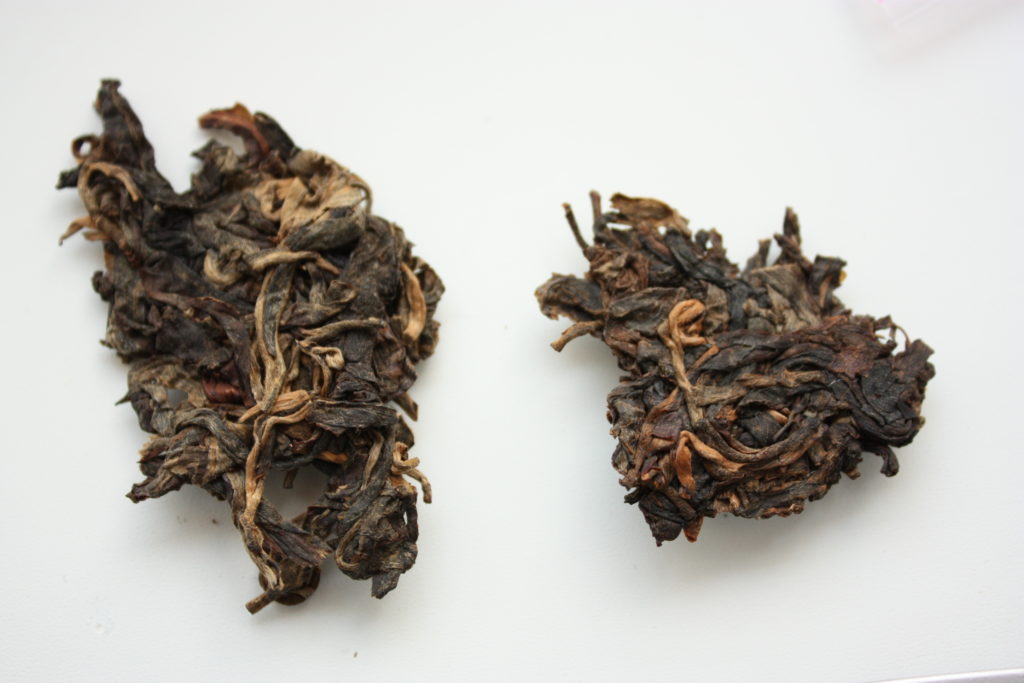
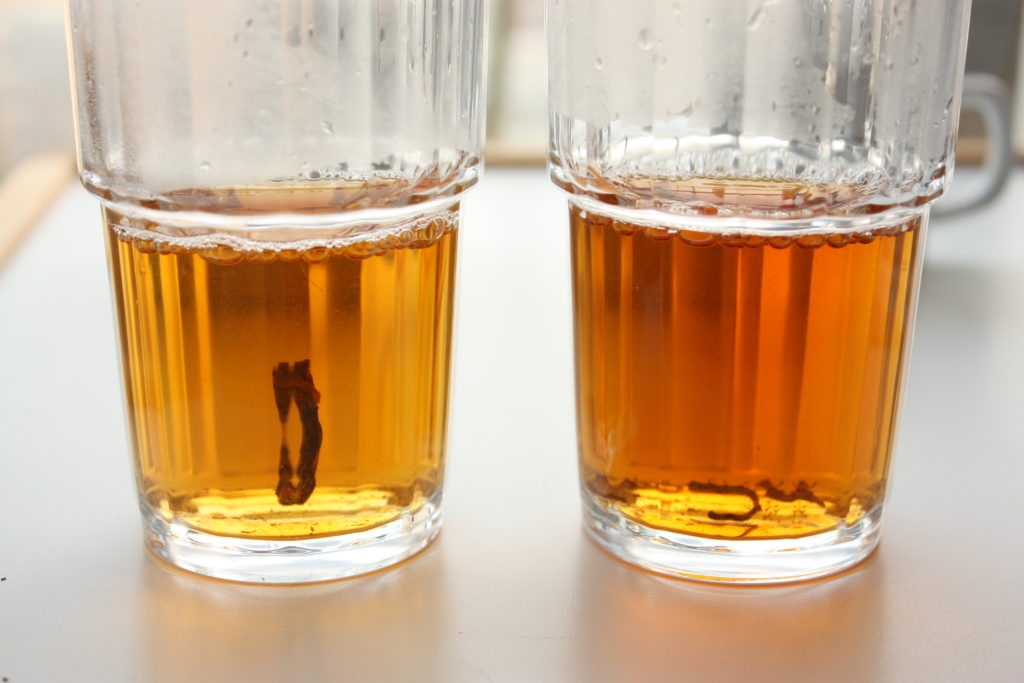
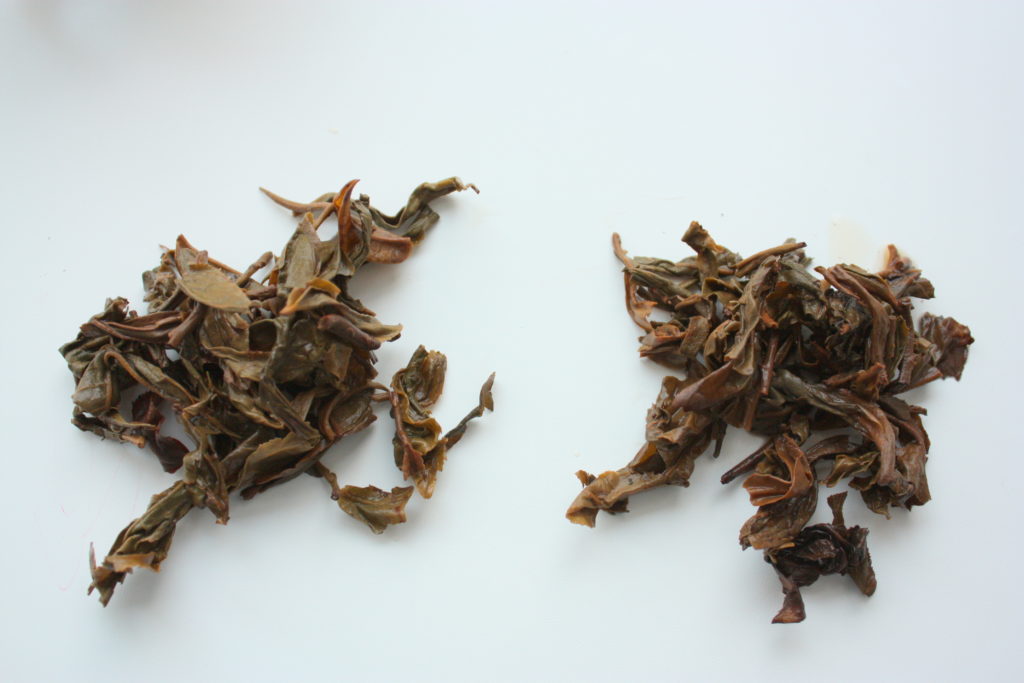

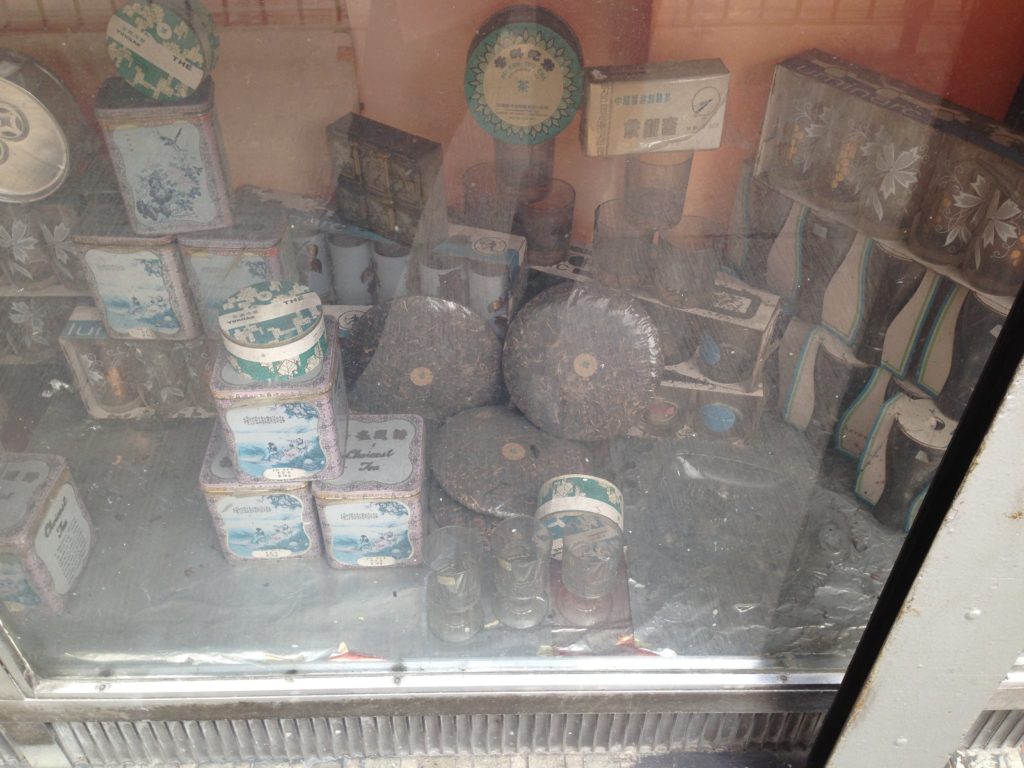










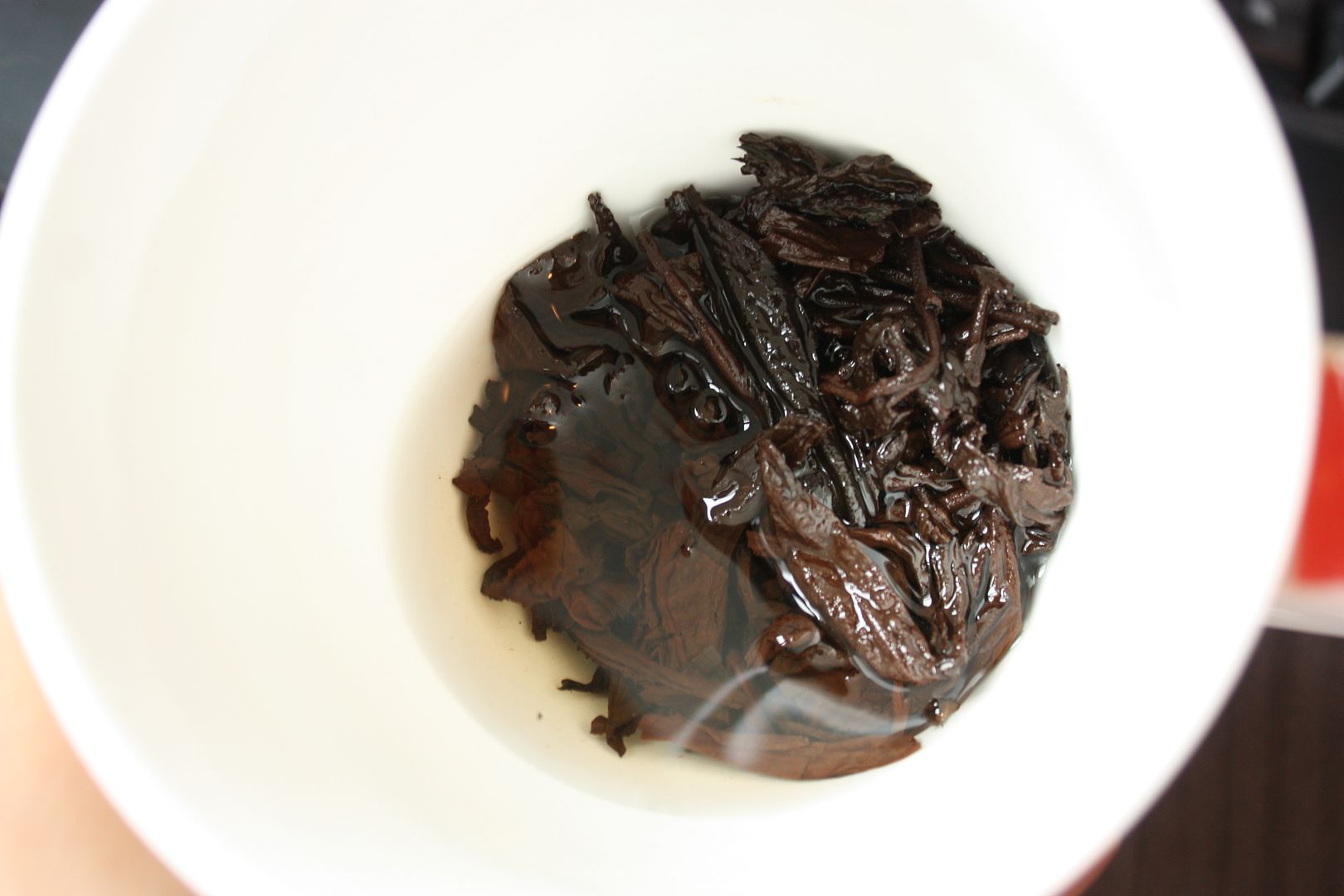

Yeah whisky prices have been leaking too, as well as luxury watches. I wrote a post maybe a decade ago…